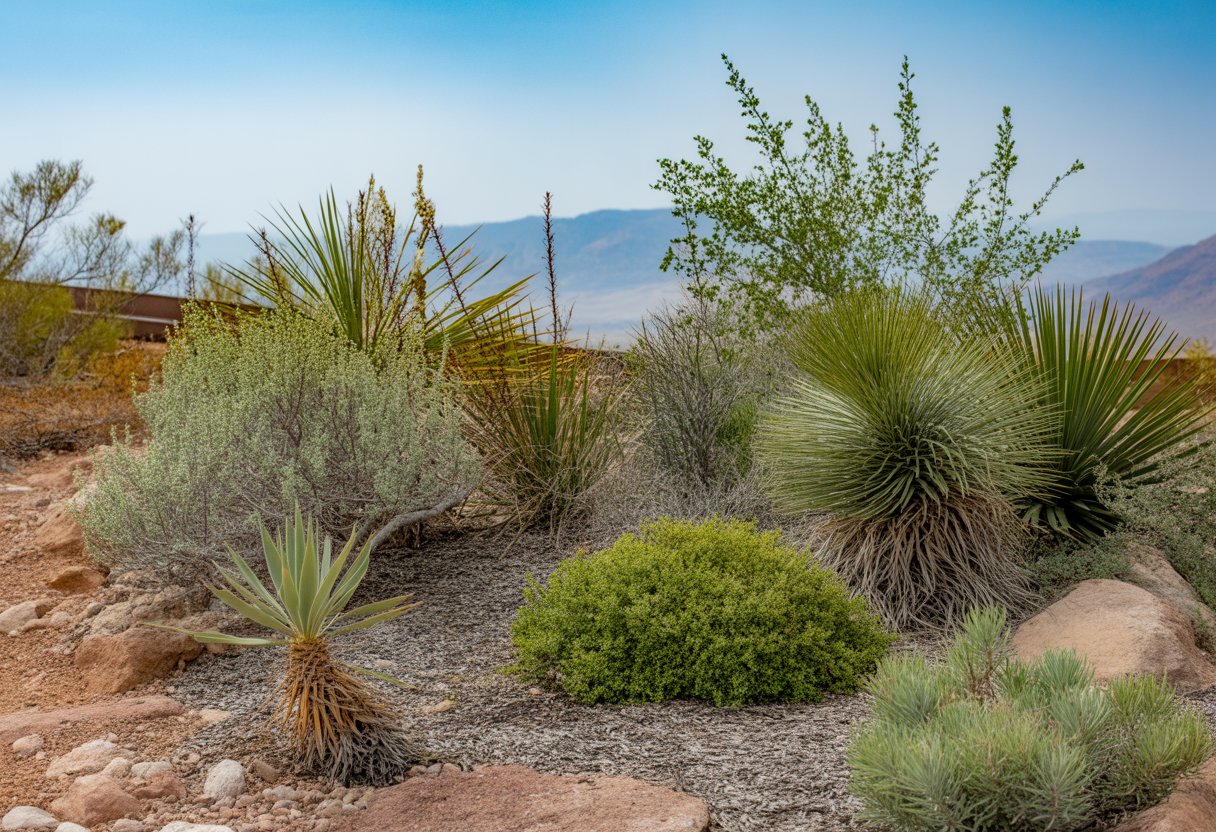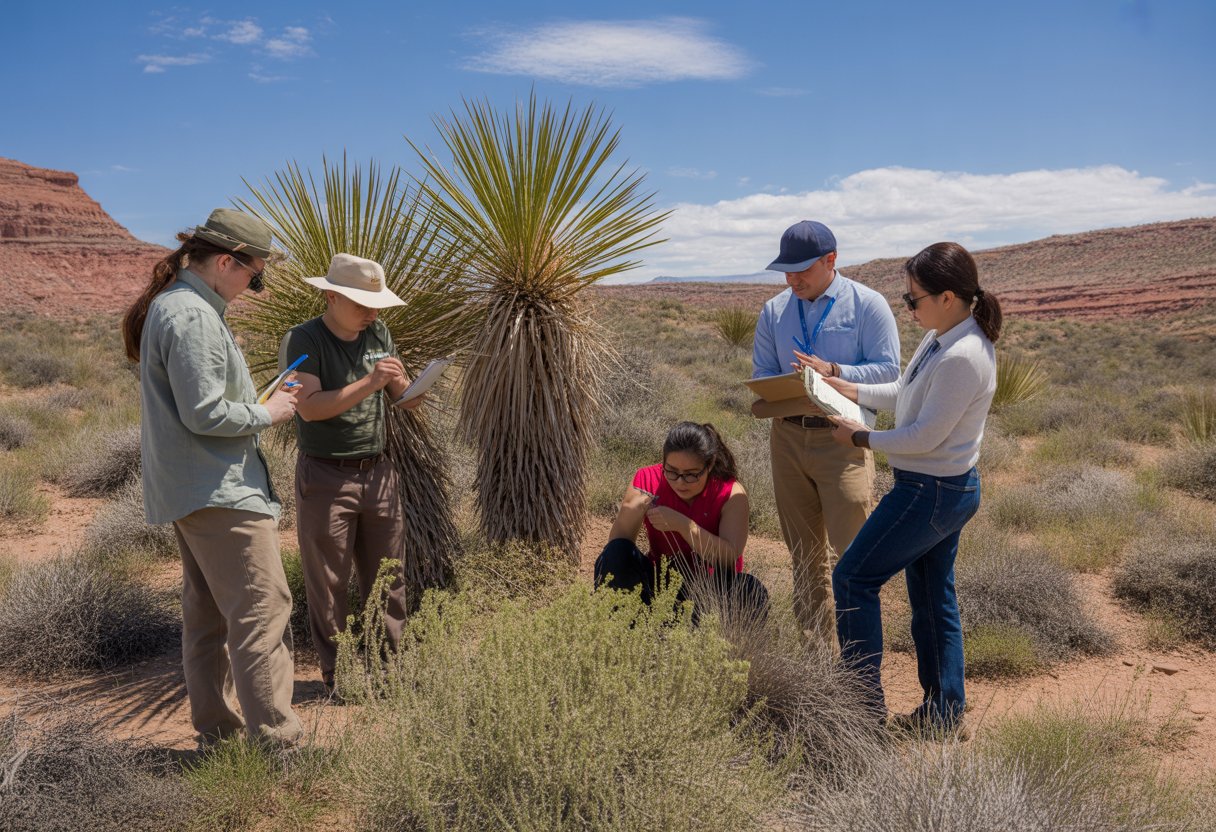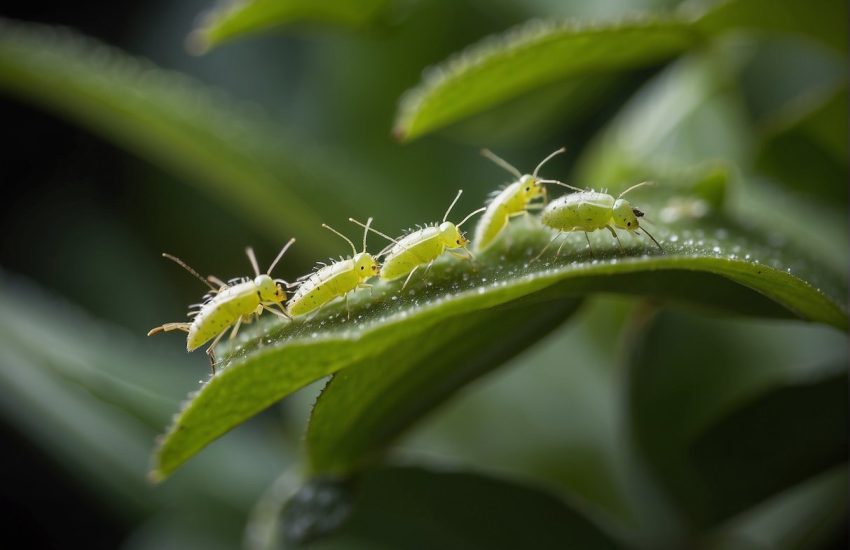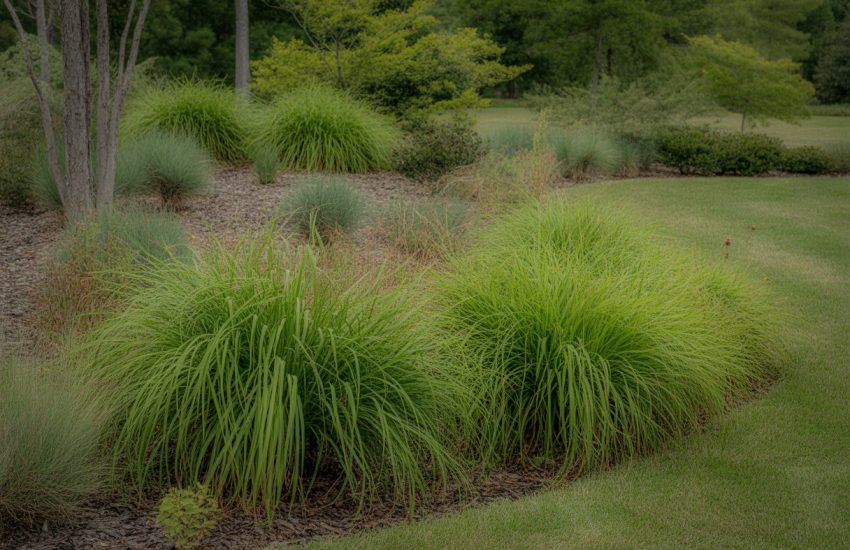Drought Tolerant Native Plants Utah for Sustainable Landscaping and Water Conservation
Drought tolerant native plants are essential for landscaping in Utah’s dry climate. These plants have figured out how to survive with minimal water, which makes them perfect for sustainable gardening here.
Utah native plants like sagebrush, rabbitbrush, and Utah serviceberry thrive in arid conditions and help cut down on irrigation.

When you use drought tolerant plants, you save water and support local ecosystems. They create habitat for native wildlife, which is a nice bonus.
Homeowners and landscapers who want low-maintenance yards will find that Utah native plants build resilient, good-looking outdoor spaces.
Many drought tolerant plants native to Utah also shrug off pests and diseases common in the area. That means less need for chemicals and a healthier, longer-lasting garden.
Understanding Drought Tolerant Native Plants in Utah
Drought tolerant native plants in Utah have evolved specific tricks to thrive with limited water. They play important roles in local ecosystems and offer a lot for sustainable gardening and habitat restoration in the Intermountain West.
Defining Drought Tolerance
Drought tolerance means a plant can survive and reproduce even when water’s scarce. Utah natives do this with deep roots, smaller leaves, waxy coatings, and sometimes by slowing their growth.
These adaptations help them hold onto water and grab it from deep in the soil. Many will just go dormant during extreme drought, waiting things out until moisture returns.
Benefits of Utah Native Plants
Utah native plants adapted to drought bring a bunch of perks. They need less irrigation than non-natives, so you’ll use way less water in your garden.
They also stabilize soil and prevent erosion, which keeps habitats intact for native wildlife. Their deep roots help the soil and keep nutrients cycling, which is good for the whole plant community.
Native plants support pollinators and insects that Utah’s ecosystems depend on. Less maintenance and more resilience? Sounds like a win for anyone managing a landscape.
Native Range and Ecosystems
Utah’s drought tolerant natives grow all over the place—from desert basins to high plateaus in the Intermountain West. Each species fits into a niche shaped by climate, soil, and elevation.
You’ll find them in sagebrush steppe, pinyon-juniper woodlands, and dry mountain slopes. These places get hot summers, cold winters, and long dry spells, so only the tough survive.
If you pick species from areas with similar conditions, you’ll have better luck in your garden and help local ecosystems at the same time.
Top Drought Tolerant Native Plants of Utah
Utah’s native plants have learned to thrive in dry conditions with not much water. A lot of them make surprisingly tough and attractive landscaping choices.
Showcase Shrubs and Small Trees
The golden currant (Ribes aureum) is a drought-tolerant shrub with bright yellow flowers and edible berries. It handles dry soils and pulls in pollinators.
Fraxinus anomala, or single-leaf ash, is a small tree found in Utah’s arid regions. It’s tough on drought and poor soil, and its twisty branches stand out in a landscape.
Red osier dogwood (Cornus sericea) grows in both dry and wetter zones, but once it’s settled in, it handles drought just fine. Its red stems really pop in winter.
Standout Perennials and Groundcovers
Zauschneria latifolia (broadleaf fuchsia) loves the heat and dryness. Its tubular red flowers draw hummingbirds, and it barely needs extra water.
Utah’s drought-tolerant perennials include penstemon species, which dig deep for water and handle local soils without fuss.
Groundcovers like sagebrush (Artemisia tridentata) help stop soil erosion and keep water in by shading the ground. Plus, the aromatic foliage naturally keeps pests away.
Unique Wetland and Riparian Species
Even though Utah’s dry, some native plants thrive near streams and wetlands but still handle dry stretches. The river birch (Betula nigra) grows along water but can survive drought once it’s mature.
Red osier dogwood also does well in riparian spots and can take both flooding and dry spells. These species support wildlife and help manage water near riverbanks.
They add diversity to water management by mixing drought tolerance with the ability to handle occasional wetness.
Strategies for Water-Wise Landscaping with Native Plants

Water-wise landscaping depends on thoughtful design, good plant choices, and steady care. The main idea is to get the most out of drought tolerance, save water, and support local plants.
Planning and Site Preparation
Start by sizing up your site. Figure out your soil type, drainage, sunlight, and microclimates to see which Utah natives will do well with little irrigation.
Sometimes you’ll need to improve the soil. Mixing in organic matter helps roots grow deeper and keeps water around longer.
Add mulch to hold in moisture and keep weeds down. Gravel or bark mulch around plants cuts evaporation.
When you design, group plants with similar water needs together. That way, you don’t waste water on plants that don’t need it.
Plant Selection and Grouping
Pick drought tolerant Utah natives for best results. Sagebrush (Artemisia tridentata), Indian ricegrass (Achnatherum hymenoides), and Purple three-awn (Aristida purpurea) are all solid choices.
Think about water needs, growth habits, and flower structure when grouping plants. Putting together species with similar moisture needs makes watering easier.
Mix groundcovers, grasses, shrubs, and perennials to create layers. This attracts pollinators and supports a healthy plant community.
Native plants that fit the local climate need less water and fewer chemicals. That’s less hassle for you.
Maintenance and Ongoing Care
Water deeply but not too often to encourage deep root growth. Try to water in the early morning to cut down on evaporation.
Check soil moisture regularly instead of sticking to a strict schedule. Adjust based on rainfall and how your plants look.
Prune away dead or overgrown branches to boost air flow and plant health. Pick off spent flowers if you want things tidy or more blooms.
Keep your mulch layer fresh and watch for invasive weeds. Good garden hygiene helps native plants thrive and keeps water where it belongs.
Cultural Significance, Conservation, and Research

Understanding how Utah native plants are classified and the roles they play helps show why they matter. Their uses in indigenous cultures and current conservation efforts reveal just how valued and protected these species are.
Taxonomic History and Identification
A lot of Utah’s drought-tolerant natives belong to families like Asteraceae and Fabaceae. Researchers usually look at things like leaf shape, flower structure, and seed type to tell them apart, but genetic analysis is becoming more common.
Accurate identification matters for ecological studies and restoration work. Some species develop deep roots or unique leaf coatings—these traits help them survive drought and set them apart in Utah’s wild mix of plants.
Traditional and Ethnobotanical Uses
Indigenous peoples like the Ute and Navajo have used Utah native plants for food, medicine, and materials for centuries. Artemisia tridentata (big sagebrush) was used for breathing issues and spiritual purposes, while seeds from native grasses often became food sources.
Plant fibers from Muhlenbergia grasses were woven into baskets and mats. Many plants also played a role in rituals and cultural practices, showing just how deeply people connected to the land and its plants.
Conservation Status and Future Outlook
A bunch of Utah’s drought-tolerant native plants are under pressure. Habitat loss, invasive species, and climate change all play a part.
Take Penstemon utahensis, for example—it’s got some regional weak spots. Conservation programs try to protect what’s left of native habitats and work on bringing degraded areas back to life.
Researchers are digging into seed banking and different ways to propagate these plants. They want to keep genetic diversity intact.
People are still trying to figure out how these plants respond to more frequent droughts. That knowledge could help shape smarter management strategies for Utah’s ecosystems.


